Church of St. Theodore
A landmark with immense significance built on a rock, the XIV century is an Orthodox church which is located inside the castle of Berat.
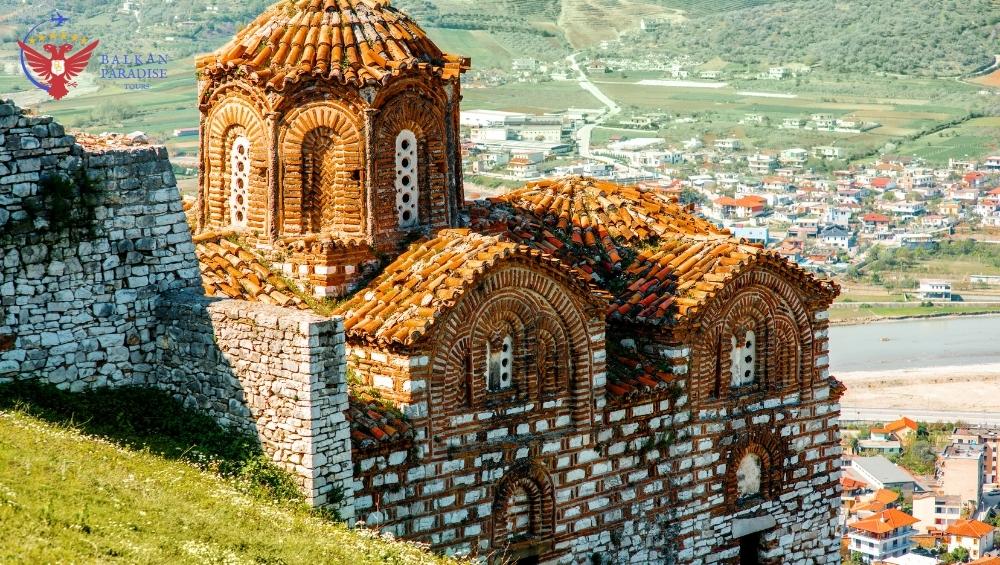
A landmark with immense significance built on a rock, the XIV century is an Orthodox church which is located inside the castle of Berat.
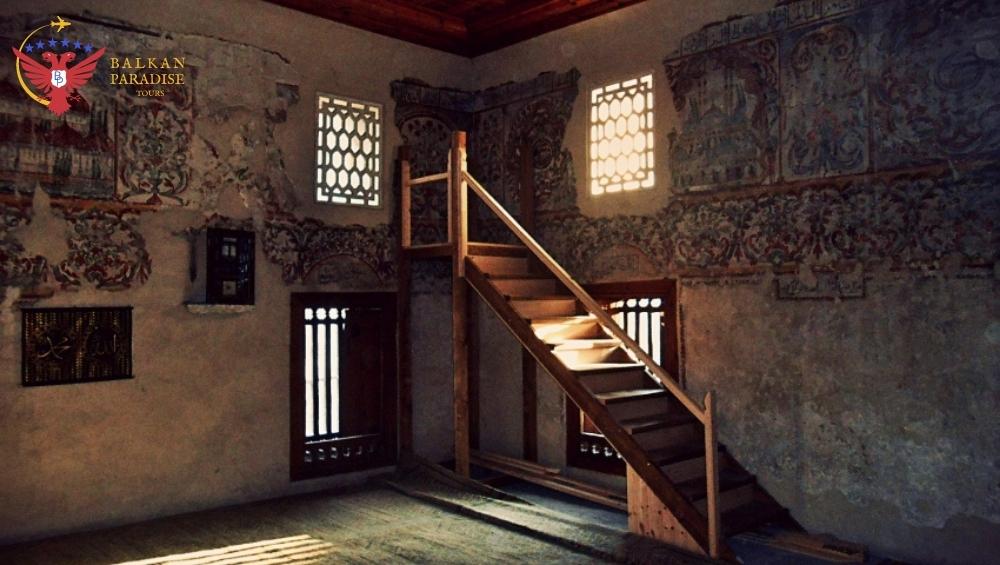
Built in 1827 for Berat’s unmarried craftsmen, the Bachelor’s Mosque is located in the heart of the Mangalem quarter. This mosque is famous for its paintings, its frescoes with floral motifs, and its architectural style. The shape and dimensions are in perfect proportion to the Mangalem neighborhood’s house ensemble.
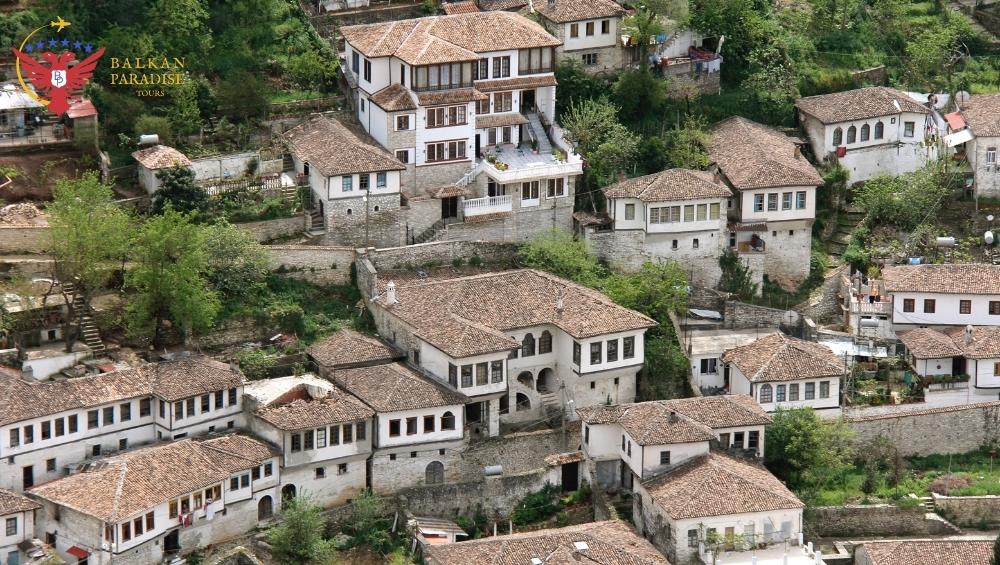
Berat’s most representative area for Ottoman-period architecture, the Mangalem Quarter is an excellent realization of an inclining landscape which has organically created a unique slope overlooking the town known as “the city of a thousand windows.”
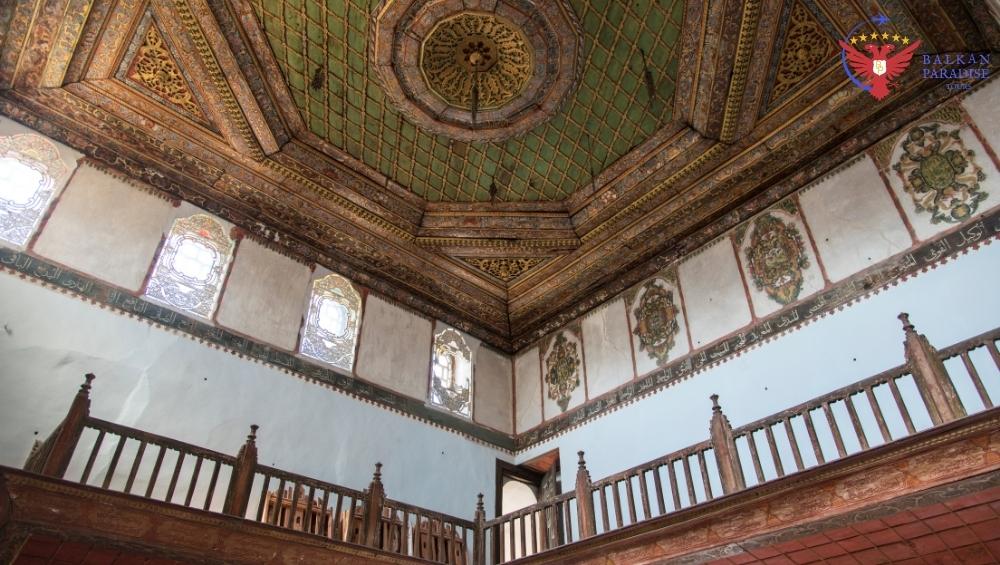
The highlights of this complex of buildings includes the King Mosque, one of the largest mosques in Albania, The Helveti Tekke, with paintings described as among the most beautiful of that time, and the Dervish Konaks which served as shelter for dervishes and pilgrims who performed religious ceremonies in this tekke.
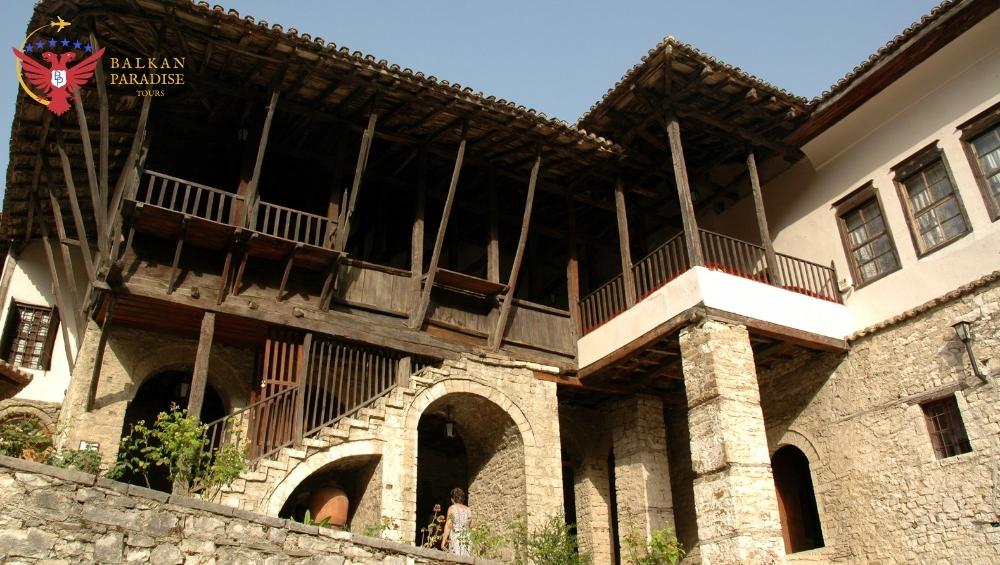
The Ethnographic Museum is housed in a beautiful, traditional XVIII century Berat house and displays 1400 artifacts. The ground floor mimics the Medieval Bazaar and displays various typical Berat objects such as clothing, tools, household items, and many original artifacts of the time. On the upper floor, visitors will get a chance to see the rooms of a traditional Berat house from XVIII and XIX centuries.
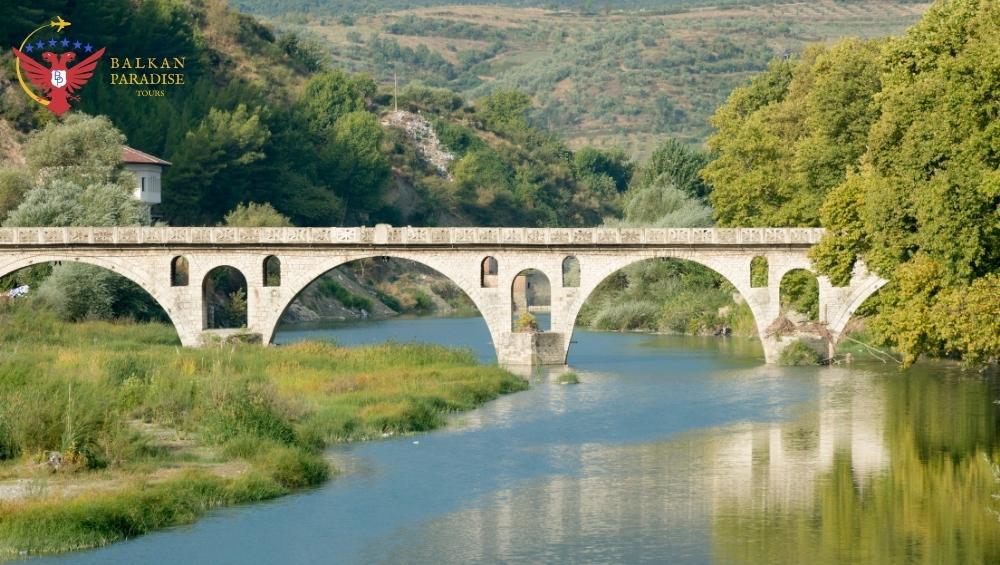
Without a doubt, the Gorica Bridge is considered to be the symbol of Berat and is one of Albania’s treasures of historical and cultural heritage. It was constructed, by local ruler Ahmet Kurt Pasha, was completed in 1777-1778. It is 127 meters long and reaches a height of 10 meters, making it one of the largest bridges of the time and one of the few bridges still in use from that era.
The Onufri National Iconographic Museum, located in The Dormition of St Mary, the Kala quarter’s Cathedral. This post-Byzantine style church is characterized by a magnificent gold plating wooden iconostasis, possesses collections of icons, artworks, and artefacts dating from XIV through XIX centuries.
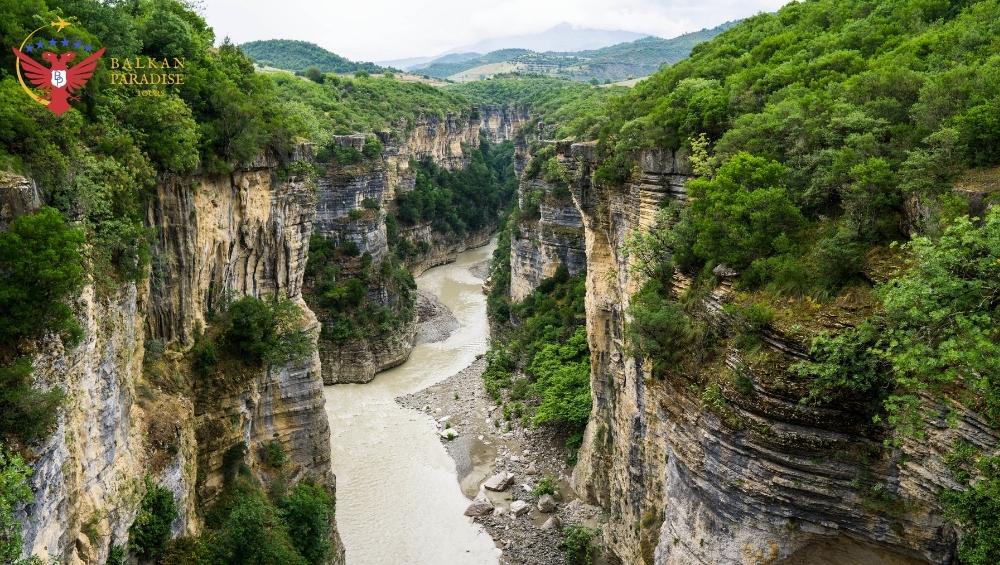
Located in South of Albania, near the town of Çorovoda, the Osum Canyon is Albania’s most-known canyon. The river Osum passes through the city of Berat, and flows through the canyon. The canyon is 26 km long and have an altitude of 450 m.The canyon contains many underground passages and unexplored caves which are perfect for canoeing, rafting, and kayaking.
The borders of the canyon have an astonishing ecosystem that ensure an evergreen flora throughout the year.
Locals have been creative in naming the rock formations that surround the canyon, such as the Cathedral, the Eye, and the Demon’s Door. There is a mystical power to the canyon that has also inspired many interesting legends around it.
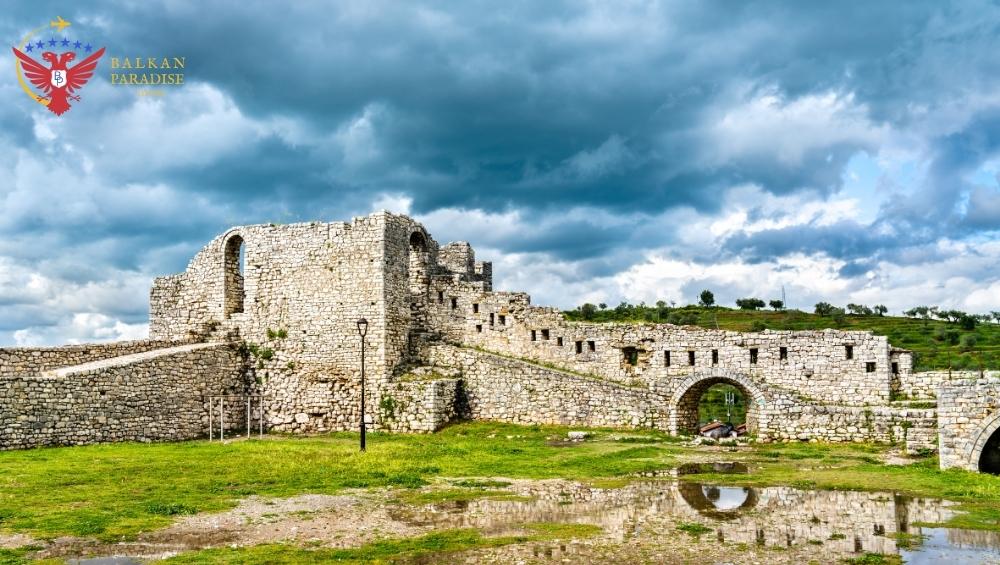
A fortress overlooking the city of Berat. It dates mainly from the 13th century and contains many Byzantine churches in the area and Ottoman mosques. It is built on a rocky hill on the left bank of the river Osum and is accessible only from the south. The buildings inside the fortress were built during the 13th century and because of their characteristic architecture are preserved as cultural monuments. The population of the fortress was Christian, and it had about 20 churches (most built during the 13th century) and only one mosque, for the use of the Turkish garrison.